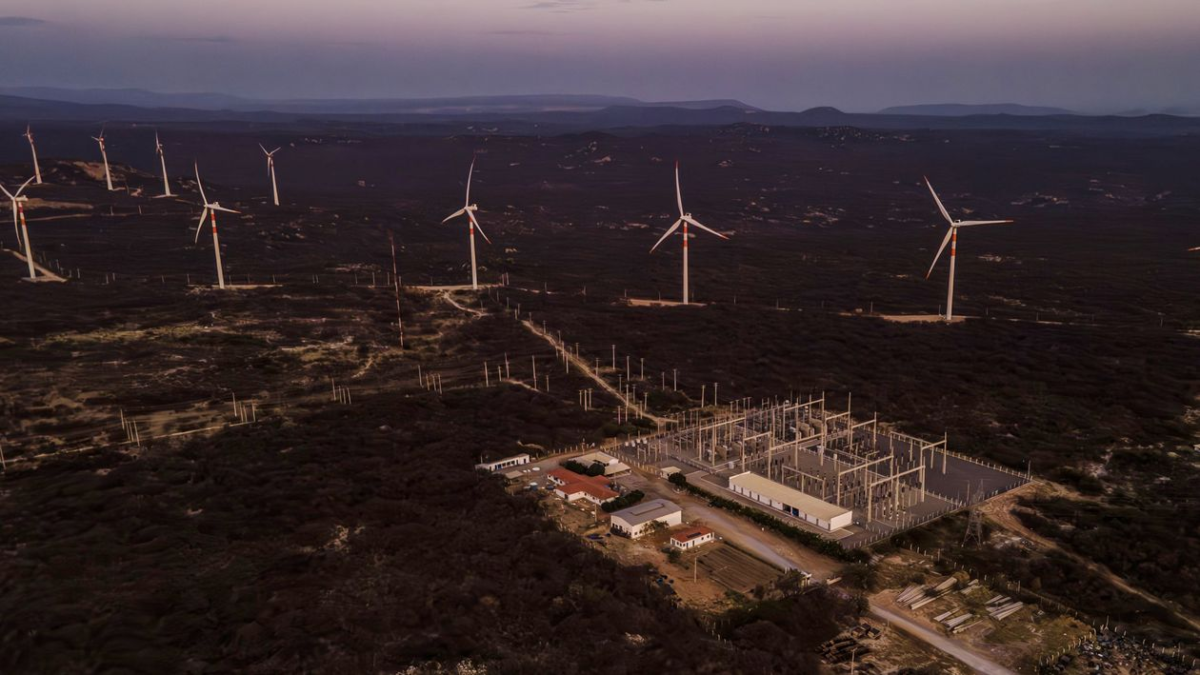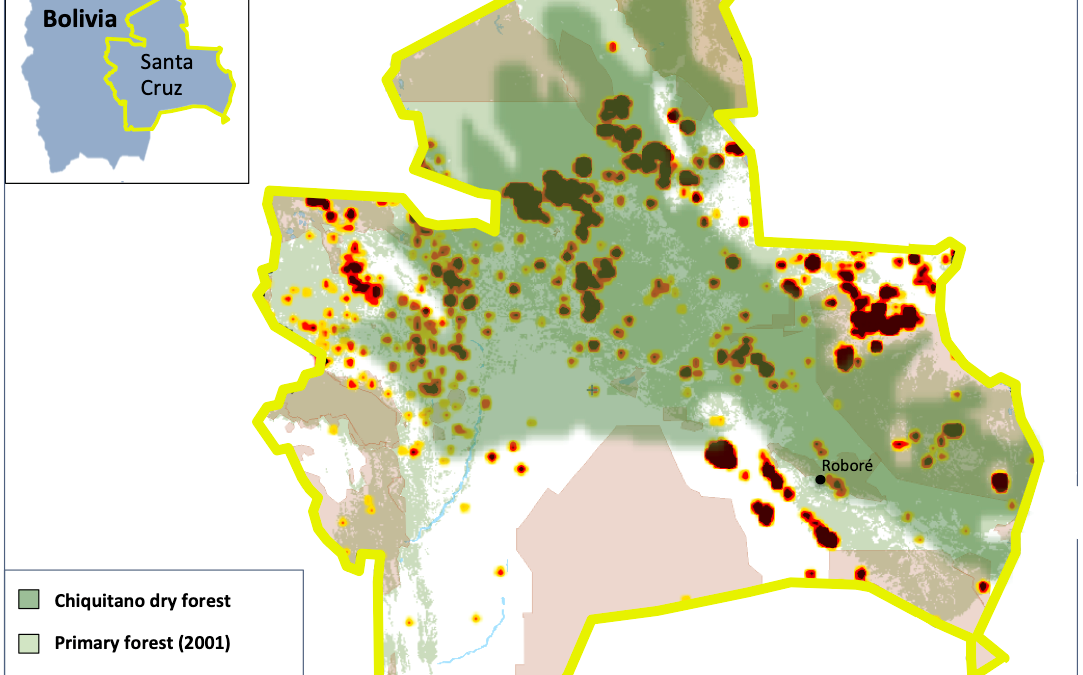A long-dormant lake has reappeared in California, bringing havoc along with it – “This impending monster – a 50-foot-plus deep snowpack that we haven’t seen in 75 years – is sitting up there, and we just don’t know how fast it’s going to turn into water and come out of the mountains”

By Evan Bush
2 April 2023
(NBC News) – People have worked for a century to make California’s Tulare Basin into a food grower’s paradise. That pastoral landscape now looks more like the Pacific Ocean in many areas.
Months of atmospheric river storms have pummeled the area and saturated the basin’s soil, which sits about halfway between San Francisco and Los Angeles, not far from Fresno. The rains have led to floods that damaged towns and deluged farms and have begun to refill what was once a sprawling lake.
The floods have pitted neighboring property owners against one another and raised tensions over how to manage the flows, which have damaged hundreds of structures. And more water is on the way.
Experts say a monthslong, slow-burning crisis will play out next: A historic snowpack looms in the mountains above the basin — as it melts, it is likely to put downstream communities through months of torment. The flooding, which follows several years of extreme drought, showcases the weather whiplash typical of California, which vacillates between too wet and too dry. The influence of climate change can make the state’s extremes more intense.
“This is a slowly unfolding natural disaster,” said Jeffrey Mount, a senior fellow at the Water Policy Center of the Public Policy Institute of California. “There’s no way to handle it with the existing infrastructure.”
The re-forming Tulare Lake — which was drained for farming a century ago — could remain on the landscape for years, disrupting growers in a region that produces a significant proportion of the nation’s supply of almonds, pistachios, milk and fruit. High-stakes decisions over where that water travels could resonate across the country’s grocery store shelves.

In the farming communities that dot the historic lakebed, accusations of sabotaged levees, frantic efforts to patch breached banks and feuds — common occurrences during flood fights in the area — have started already, said Matt Hurley, a former water manager for several water districts in the Tulare Basin.
In the nearby town of Allensworth last month, a dispute over a culvert caused anxiety and friction with the railroad that sends trains through town. Residents worked into the night to plug a culvert — a drain under Highway 43 — with plywood and sandbags in a desperate effort to keep floodwater out of town.
But later that night, workers with the Burlington Northern Santa Fe railroad unblocked the pipe, which left some Allensworth residents fuming as water flowed closer.
The residents had used BNSF materials without permission, said Lena Kent, a railroad spokesperson. Damming the culvert threatened the highway — the only access point to Allensworth at the time — and the rail tracks that run parallel to it.
Stress levels could remain high for months.
“The problem this year is it’s just begun. We may have water running at or near our flood level — in all of our streams, through August or September,” Hurley said. “This impending monster — a 50-foot-plus deep snowpack that we haven’t seen in 75 years — is sitting up there, and we just don’t know how fast it’s going to turn into water and come out of the mountains.”
The Tulare Basin is at the southern end of California’s San Joaquin Valley — and in essence, it’s a massive bowl. Before irrigators dug canals and rerouted water for farming in the late 1800s, Tulare Lake filled the bowl’s lower reaches. Shallow water stretched across the landscape, and the lake was the largest body of freshwater west of the Mississippi.

Several rivers — Kings, Tule, Kern, and Kaweah — historically dead-ended at the lake and replenished its water levels every spring, but farmers have diverted and rerouted so much water that the lakebed is now usually dry. It’s among the most fertile farmland in the country.
Today, the irrigation system is designed to “use every single drop of water” that flows into the basin, Mount said.
In fact, through aggressive groundwater pumping, farmers collectively use more water than what would flow to the lake every year. Pumping has caused the land to sink dramatically — it has subsided in parts of the San Joaquin Valley by as much as 28 feet, according to the U.S. Geological Survey — deepening the bowl.
This season, far more water is flowing than can be used.
For about two weeks, farmers and emergency workers have been scrambling to plug levees and prevent the worst as the ground became saturated and rivers swelled after a seemingly endless series of atmospheric river storms battered California.
The flooding has breached dozens of levees, forced rescues, swamped construction sites at California’s high-speed rail project and seeped into several communities, including Allensworth, a historic community that in 1908 was the first settlement west of the Mississippi to be founded and governed by Black Americans.
“What you’re seeing now more than anything else is traditional flood problems,” Mount said. “All of that water is making its way into the bottom of the bowl and starting to fill the bowl.”
What could come next is more unusual — and worrisome.

The Sierra Nevada mountains, above the Tulare Basin, are storing two to three times as much water as snowpack as is normal. If the snow melts quickly, it will send floodwater churning toward the lake bottom.
Tulare Lake refilled in 1997 and 1983 during very wet seasons. The snowpack is larger this year.
“If we use 1983 as an example: They had more than 80,000 acres of land underwater. If it’s bigger than that, it could be as much as 100,000 acres underwater,” Mount said.
Tulare County ranked second in the country for agricultural market value, according to the 2017 Census of Agriculture. The region produces almonds, oranges, pistachios, wine grapes, milk and cheese.
“This has a ripple effect on the nation’s food supply,” Mount said. [more]
A long-dormant lake has reappeared in California, bringing havoc along with it


